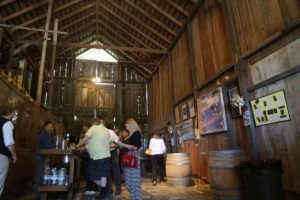
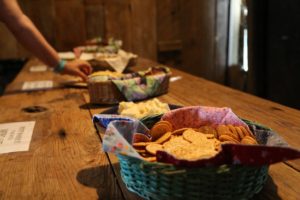
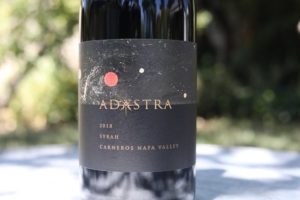 Adastra Winery is located in the heart of the Carneros District somewhat southwest of the city of Napa and is charaterized by rolling hills, cooler temperatures than more northern parts of Napa Valley and beautiful vineyards. Carneros is one of only two Napa Valley sub appellations which crosses county lines (the other being Wildhorse Valley). Roughly 60% of Carneros District is in Sonoma County and 40% in Napa Valley. This part of Napa Valley used to be referred to as the Fly District, using the last name of promient resident Boon Fly. A number of long-time farming families are tied to this region including the Duhigs (reference Duhig Road and Stewart Duhig who wrote a memoir about his time living and farming here called Huichica).
Adastra Winery is located in the heart of the Carneros District somewhat southwest of the city of Napa and is charaterized by rolling hills, cooler temperatures than more northern parts of Napa Valley and beautiful vineyards. Carneros is one of only two Napa Valley sub appellations which crosses county lines (the other being Wildhorse Valley). Roughly 60% of Carneros District is in Sonoma County and 40% in Napa Valley. This part of Napa Valley used to be referred to as the Fly District, using the last name of promient resident Boon Fly. A number of long-time farming families are tied to this region including the Duhigs (reference Duhig Road and Stewart Duhig who wrote a memoir about his time living and farming here called Huichica).
The name Adastra comes from the Latin saying “Per aspera ad astra” which literally means “through striving to the stars.” Adastra is a boutique winery – producing usually around 1,500 cases of wine each year. The first vintage of Adastra was from 1995 – merely 50 cases of Merlot. Founder, Chris Thorpe is originally from Michigan; he went to medical school at the University of Michigan. He is a retired Vallejo vascular surgeon and is also an amateur astronomer.
Chris and his wife Naomi purchased the 33-acre site in 1984 and for several years raised Angus Cattle. In 1989 the Thorpe’s planted four acres each of Chardonnay and Merlot and then later planted Pinot Noir. Grapes were initially sold to Robert Mondavi Winery and during the first few years of production, their Pinot Noir was sold to nearby Etude Winery. Today the property is planted to 8 total acres of vines.
Records show that the property was originally farmed in the 1850s by a couple from Denmark, Paul and Caroline Ravn (their last name most likely changed to Raven when they moved to the U.S). They grew a variety of crops including various grains and grapes and apples. Their son Ted took over operations after his father died in 1913, incidentally the same year (September) he married his wife Elsie Zweifel in Santa Rosa at St. Luke’s Church (founded in 1888 and still in operation). As a student, Elsie attended the small Carneros School located on the other side of Las Amigas Road, across from what is now Adastra Vineyards and later even taught at this school. While no longer in operation, the old schoolhouse is now a private residence.
Ted continued to manage the farm and grow grapes which he sold to Sebastiani Winery in nearby Sonoma. Ted was still farming in the late 1930s; we spotted a small article about his overturned tractor holding up traffic at the intersection of Imola and Highway 29 in a 1937 Napa Register article.
Prior to the Thorpe’s ownership, the property was owned by the Sandbach family who appropriately named their land the Star Hill Ranch after the general shape of a star formed with some imagination when one takes into account the five highest surrounding peaks: Mt. St. George in Napa, Mt Veeder (shared by both Napa and Sonoma counties) Mt. Tamalpais in Marin, Mt. Diablo in Contra Costa and an unnamed peak in Solano). This name certainly ties in very well with Chris’s interest in stars and the constellations.
The Sandbachs raised quarter horses on site – one of their horses bred on the ranch was given as a gift to Ronald Reagan (named No Strings) – to generously and clearly imply this gift as one of “no strings attached”!
Focal POV on a hinge
Acclaimed winemaker Pam Starr was consulting winemaker for Adastra wines from 1997 until 2015. Beginning in 2016 Chris’s son-in-law Edwin Richards took over the winemaking, however he was not new to the wine business; Edwin has been involved with Adastra since the mid 1990s, initially as General Manager. Edwin has trained at the Institute of Wine and Spirits in London and taken viticulture and enology classes at Napa Valley College and UC Davis. Today Chris and Naomi still own Adastra Vineyard while Edwin and his wife Catherine own the Adastra wine brand.
All the vineyards on the Adastra property are farmed organically and are certified CCOF (since 2005). One item of note; many vineyards burn woody parts of the vines (usually in winter or early spring after the vines have been pruned) or when they rip out vineyards to put in new vineyards. Adastra is trying to cut back on these practices of creating burn smoke and subsequent pollution, so they process some of old vines using chipping machines; this ultimately results in mulch material, a more environmentally friendly way of processing the cuttings each year.
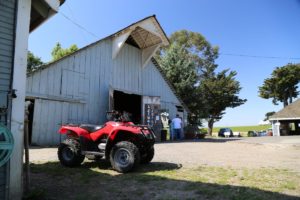
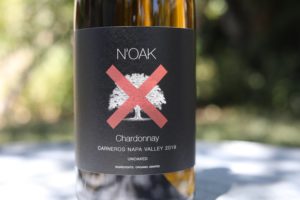 The Adastra Carneros property used to be open to the public once each year during April in Carneros, a Saturday & Sunday event held only 2 days per year. We fondly remember attending several of these events including playing croquet at their garden court located just behind the house and touring their impressive gardens located behind the old barn.
The Adastra Carneros property used to be open to the public once each year during April in Carneros, a Saturday & Sunday event held only 2 days per year. We fondly remember attending several of these events including playing croquet at their garden court located just behind the house and touring their impressive gardens located behind the old barn.
The tasting during the April in Carneros event used to be hosted in the historic old redwood barn, dating from the 1880s. This is a quintessential looking farm barn due to its rustic appearance and interior housing numerous old farming implements. Because of the limited days per year when they were open, this was always one of the most popular stops during the Taste of Carneros event. Of note: the barn received a new roof in 2010.
Guests used to be able to taste the Adastra wines at the Tasting Room at Napa Wine Company next to Highway 29 in Oakville, but it has been years since their wines were available here. And Adastra also used to produce their wines at Napa Wine Company.
Select Wines
Adastra specializes in four wines all grown from their Carneros Estate – Chardonnay, Merlot, Pinot noir and Syrah. In fact, they make two distinct Pinot Noir wines: Regulus and the Proximus. Proximus Pinot is made in very small quantities; this is “the best of the best”. Proximus in Latin means “closer” and Adastra uses that term to mean “closer to the stars”.
The 2019 Adastra N’Oak Chardonnay, Carneros Napa Valley. California style Chardonnays sometimes have a reputation for being oaky and buttery. In case one harbors any confusion to how this wine is aged, one only has to read the name and view the label to have a very clear idea that this an unoaked Chardonnay. It was aged in stainless steel barrels. The label features an image of an oak tree with a solid red X on top of it; furthermore, each cork is printed with ‘N’Oak’. This wine is medium gold in color; the bouquet offers aromas of pineapple, warm butter, star jasmine, vanilla, honeycomb and honeysuckle. This wine is richly flavored across the palate; simply stated it tastes delicious! It offers flavors of mandarin, pineapple, honey, apricot, peach and tropical fruits including mango and papaya. The finish lingers with a pleasing brightness.
The 2018 Adastra Chardonnay, Carneros Napa Valley is medium gold in color; offers a diversity of layered aromas including of marzipan, notes of butter, pineapple, lemongrass, apricot and a mandarin/tangerine note. Let this wine evolve in the glass particularly, it will keep revealing additional aromatics. Offers flavors of honeycomb, ripe apple and some sweet baking spices, especially towards the finish. Lingers with flavors of butter and a hint of dried cinnamon stick. It is slightly creamy in texture which is balanced nicely by its bright acidity. This wine has plenty of depth and character; sunshine in a glass, if you will. It was barrel fermented in French oak barrels (83% of which were new barrels) and then aged 15 months in French oak and an additional 2 months in stainless steel enclosures.
The 2018 Adastra Pinot Noir, Carneros Napa Valley is pale to medium ruby in color; immediately the bouquet offers aromas of raspberry along with dried rose petals and white pepper. This is a more intense showing of this variety on the palate, featuring plenty of flavor including of red cherries, raspberry, cranberries and red licorice. The tannins are certainly noticeable and continue to persist for some time on the earthy, mouthwatering and fruit filled finish. This wine was aged for 16 months in 100% French oak of which 20% were new barrels.
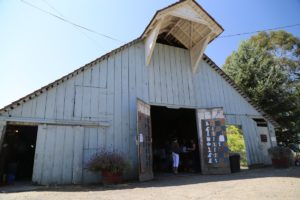
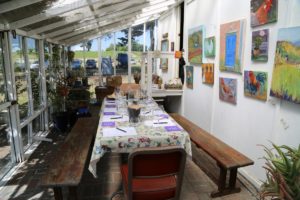
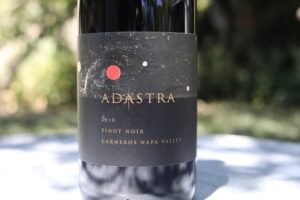 The 2018 Adastra Syrah Carneros, Napa Valley was sourced from two separate blocks on the their property and was fermented using indigenous yeast; it is deep purple in the glass and highly opaque. The bouquet offers pretty aromas of ripe plum, blackberry cobbler and black licorice along with darker dessert spices, mocha, vanilla, espresso, cassis and old cedar box. The aromas are highly appealing. Generous on the palate, this wine provides plenty of opulence but without robust tannins. It lingers somewhat savory and juicy with dried tobacco leaf, spicy plum skin and crushed peppercorn. The tannins are gravely in their textural feel but do not dominate the finish. This wine most certainly can be classified as a crowd pleaser and is highly enjoyable in its youth but has the ‘stuffing’ to age for a number of years. It was aged in French oak barrels of which 50% were new.
The 2018 Adastra Syrah Carneros, Napa Valley was sourced from two separate blocks on the their property and was fermented using indigenous yeast; it is deep purple in the glass and highly opaque. The bouquet offers pretty aromas of ripe plum, blackberry cobbler and black licorice along with darker dessert spices, mocha, vanilla, espresso, cassis and old cedar box. The aromas are highly appealing. Generous on the palate, this wine provides plenty of opulence but without robust tannins. It lingers somewhat savory and juicy with dried tobacco leaf, spicy plum skin and crushed peppercorn. The tannins are gravely in their textural feel but do not dominate the finish. This wine most certainly can be classified as a crowd pleaser and is highly enjoyable in its youth but has the ‘stuffing’ to age for a number of years. It was aged in French oak barrels of which 50% were new.
During one of our early visits to the property, we tried the 2005 Adastra Pinot Noir (less than 200 cases). This is premium, low production Pinot Noir at its finest. It’s a rich layered wine full of fruit including flavors of plum and red cherry with a tantalizing finish that shows some subtle darker spice notes. Adastra also grows Pinot Noir fruit from vines that were originally sourced from Domaine de la Romanee-Conti Winery in France (considered to be one of the world’s greatest wineries – with a rich heritage and a first vintage that dates back to 1232).
The 2013 Adastra Proximus Pinot Noir initially doesn’t smell like a Pinot Noir – it needs time to open eventually revealing more Pinot Noir varietal characteristics including notes of raspberry and strawberry. It is a more robust Pinot Noir yet still balanced. Both oak and fruit tannins linger but complement the power of the fruit rather than detract from it.
The 2007 Adastra Merlot is dark in the glass and shows lively aromas of baking spice including clove; there is a sweet note to the bouquet (cherry cola) with both darker fruit and a subtle browned sugar aroma especially as the wine continues to breathe. This is a well-balanced wine that shows a firm grip of dense but not robust tannins. This wine was obviously unfiltered as it throws some sediment in the glass.
Their Chardonnay is well regarded – former wine consultant to Adastra, Pam Starr used indigenous yeasts in the fermentation (existing yeasts living on the exterior of the grapes at the time of harvest) and the lees are stirred during its aging, providing additional complexities both in flavor and structural weight.
All their wines are reasonably priced. Note their sister label, Ed’s Red. This was created by Edwin Richards as a very reasonably priced wine that delivers quality rather than mediocrity (for wines of this price point). The label is very noticeable; it depicts a woolly mammoth. And other bottlings are labeled ‘clear skies’ and ‘boundless optimism’.
Sonoma Tasting Room (permanently closed)
Adastra opened a tasting room (open to the public) at the end of May 2016 at 5 East Napa Street in the town of Sonoma. They closed this tasting room permanently at the end of April 2023 due to the fact their limited production ultimately was not enough to satisfy demand at this tasting room. Production now focuses exclusively on wine club membership.
This tasting room was called ADASTRA Wine & Art and was located directly on the south side of the main Sonoma square, right next to the intersection of East Napa Street and Highway 12. The interior offered both bar and sit-down tastings. We keep our notes and photography here of this old space for historical reference.
As a tribute to their Carneros estate, a separate walled off tasting area contained a number of mementos, historical photographs, and items that were found on the vineyard over the years. Since the estate property is private and customers cannot actually visit their barn for private tastings, this is how Adastra introduced both their wines and property to the general wine interested public.
Adastra publishes The Stargazer for members of their wine club, but often had copies for visitors to take and read at the tasting room. This publication highlights current release wines, special recipes, details about some of their wine names and local wine related news. Adastra used to be distributed more in select restaurants but now their focus is primarily direct to consumer through sales at the tasting room and from wine club members. For more information, or to join one of their several wine club offerings, visit: www.adastrawines.com
Carneros (Napa side) Estate









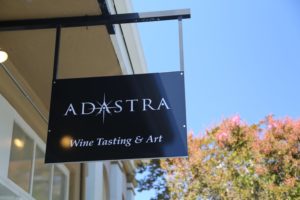
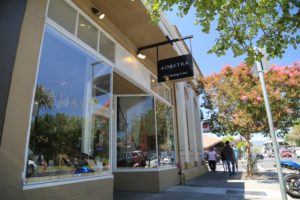
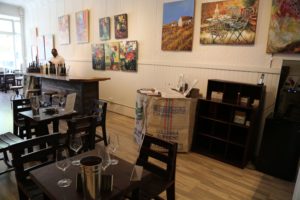
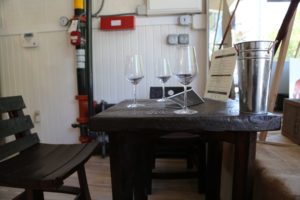
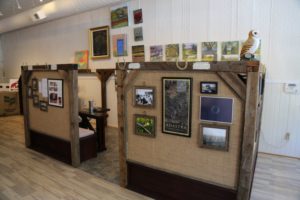
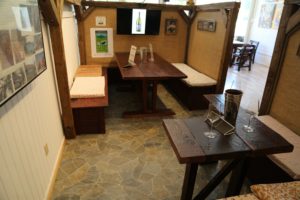
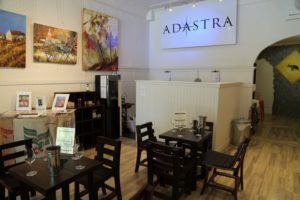
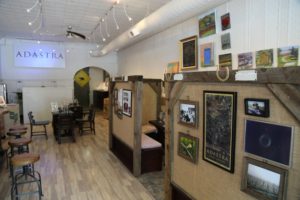
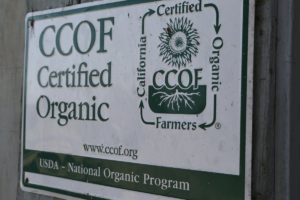
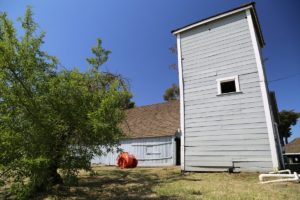
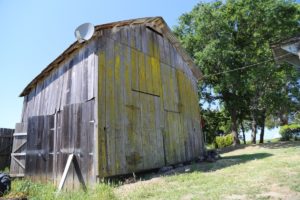
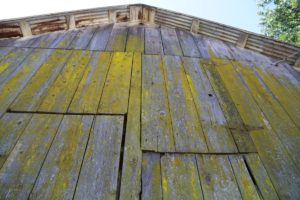
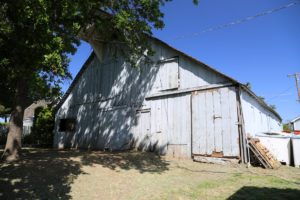

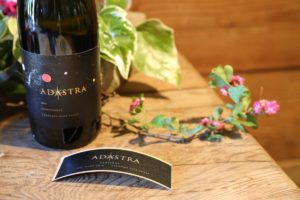
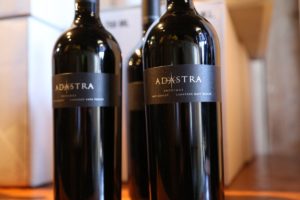
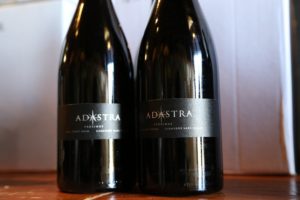
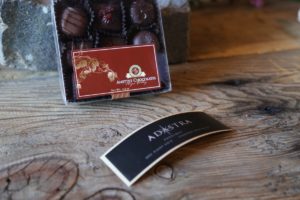
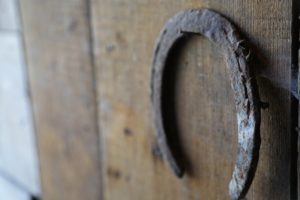

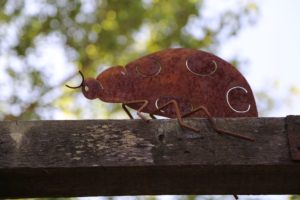
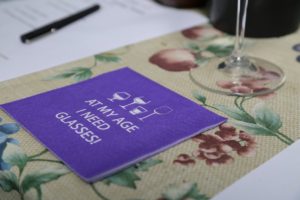
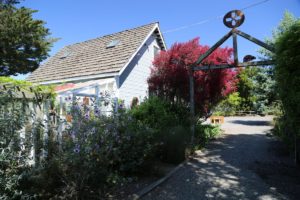
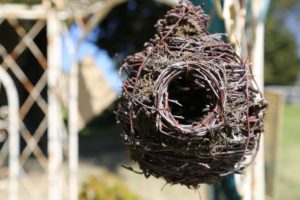
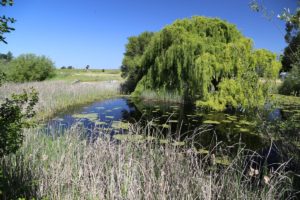
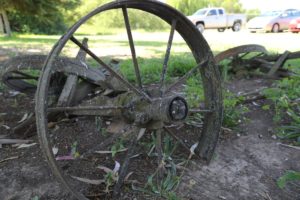
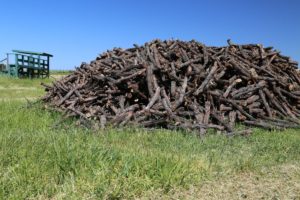
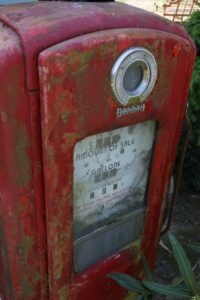
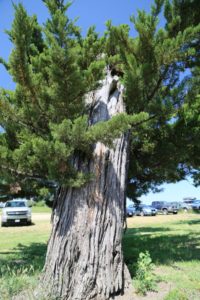
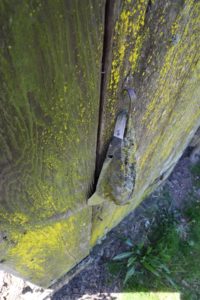
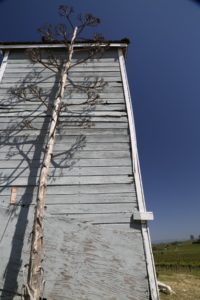
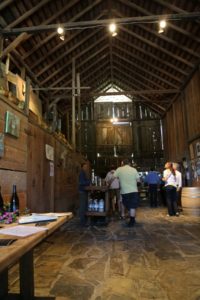
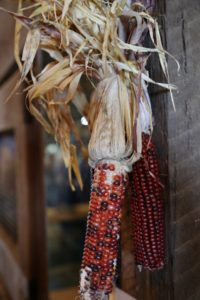
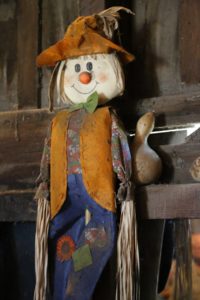
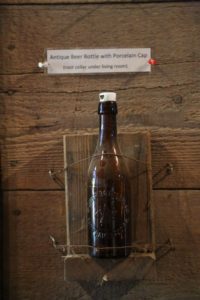
Please let me know when I should expect the next shipment of Chardonnay.
Hope you’re all doing well!